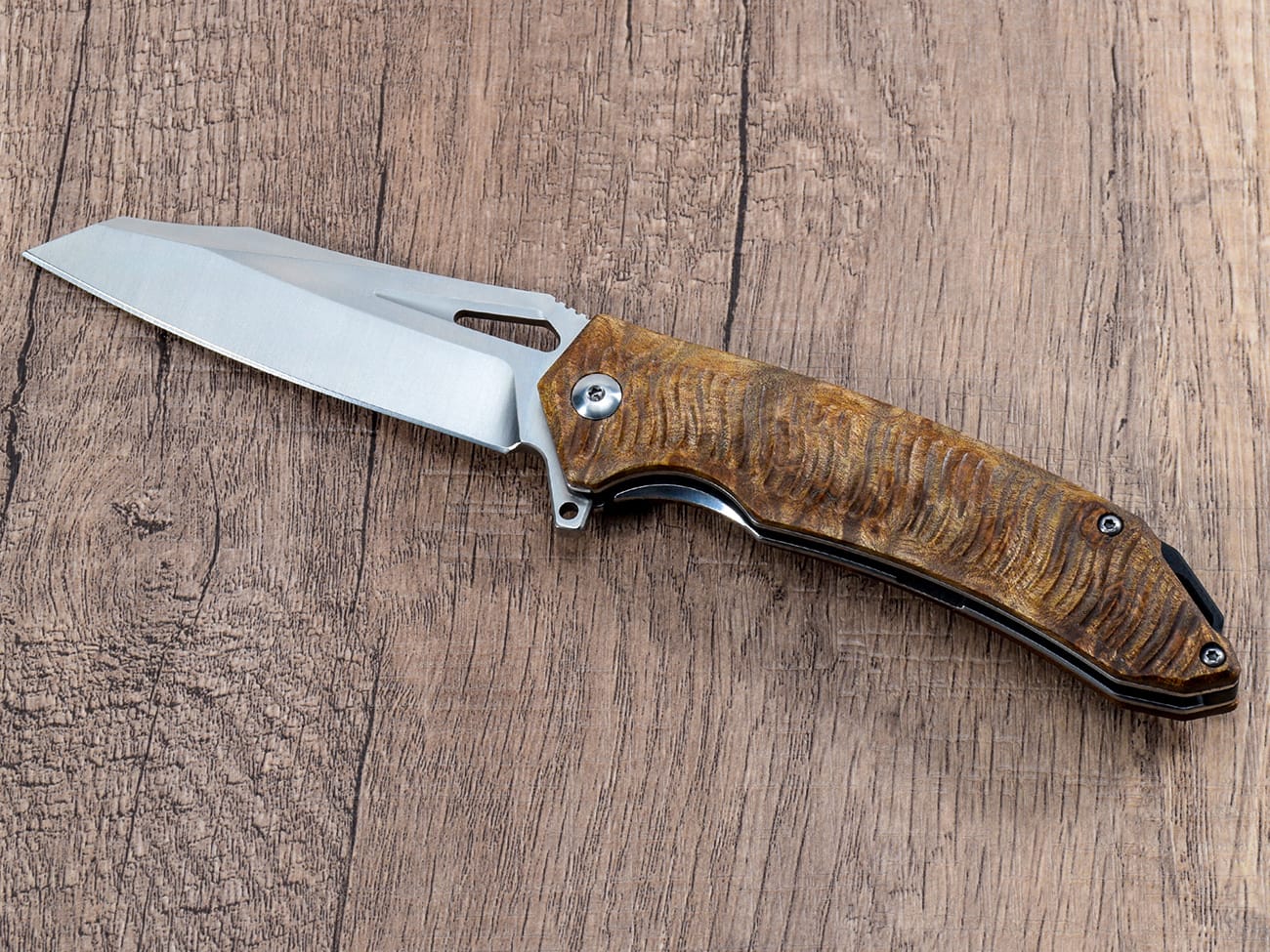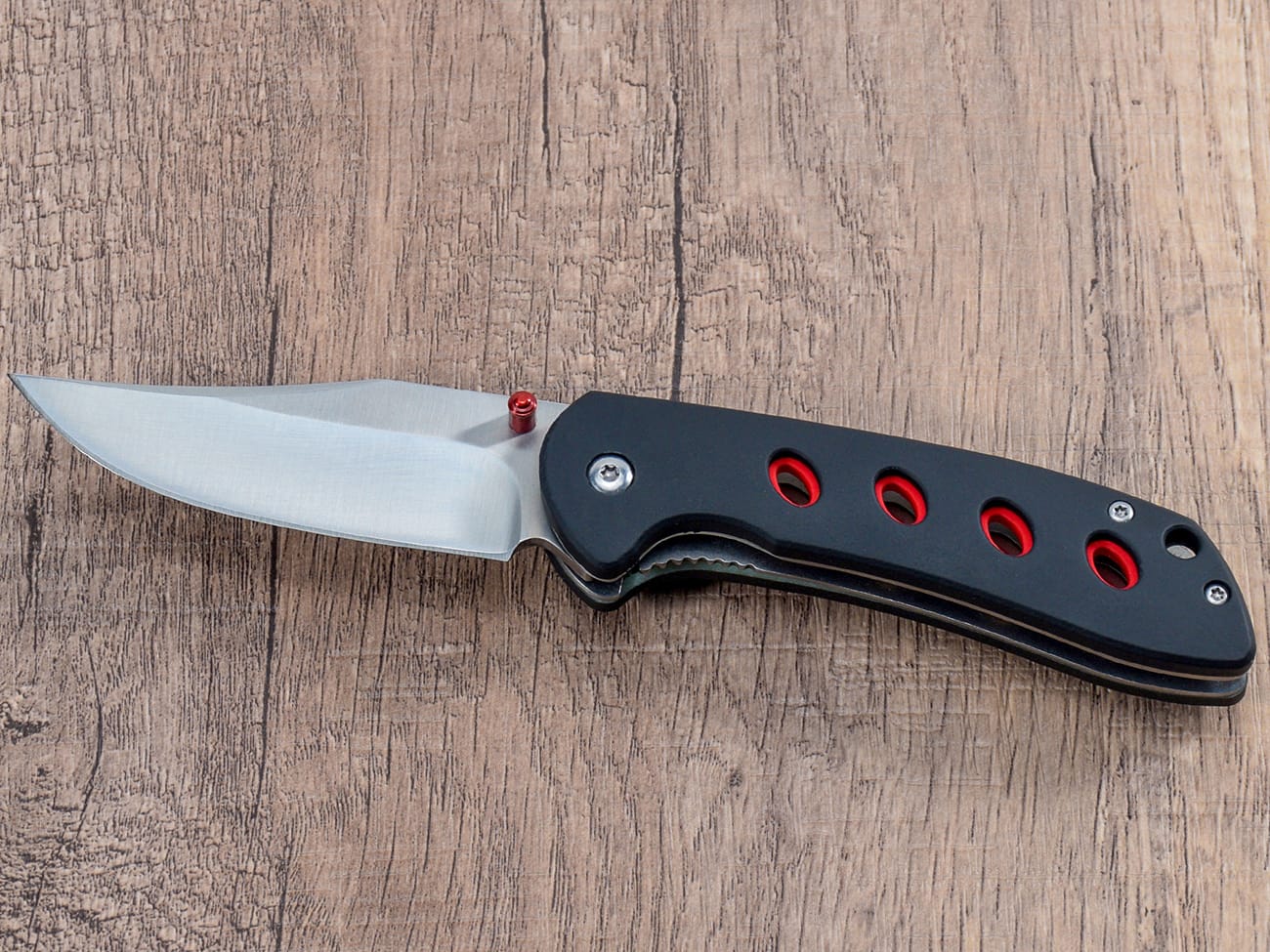Are you looking to enhance your everyday carry (EDC) with a versatile tool that’s both practical and stylish? Look no further than the humble pocket knife. In this comprehensive guide, we’ll explore everything you need to know about how to wear a pocket knife safely, comfortably, and fashionably. Whether you’re an outdoor enthusiast, a DIY aficionado, or simply someone who likes to be prepared for anything, this article will help you master the art of carrying a pocket knife.
Why Should You Carry a Pocket Knife?
Before we dive into the specifics of how to wear a pocket knife, let’s briefly discuss why you might want to carry one in the first place:
- Versatility: A good pocket knife can handle a wide range of tasks, from opening packages to preparing food on a camping trip.
- Convenience: Having a knife readily available can save you time and frustration in many everyday situations.
- Safety: In emergency situations, a pocket knife can be a crucial tool for cutting seatbelts, breaking windows, or performing first aid.
- Self-reliance: Carrying a pocket knife fosters a sense of preparedness and self-sufficiency.
Now that we’ve established the benefits, let’s explore the various ways to wear and carry your pocket knife.
What Are the Different Ways to Carry a Pocket Knife?
There are several methods for carrying a pocket knife, each with its own advantages and considerations. Let’s explore some of the most popular options:
1. Front Pocket Carry: The Classic Choice
The most common and straightforward way to carry a pocket knife is in your front pocket. This method offers easy access and keeps the knife secure. Many folding knives come with a pocket clip, which allows you to attach the knife to the edge of your pocket for quick retrieval.Pros:
- Quick and easy access
- Secure and discreet
- Works well with most clothing styles
Cons:
- May create a visible outline in tight-fitting pants
- Can be uncomfortable with larger knives
Tip: If you choose to carry your knife in your front pocket, consider the custom 9cr18mov stainless steel pocket knife with g10 handle. Its durable G10 handle and reliable steel blade make it an excellent choice for everyday carry.
2. Back Pocket Carry: A Discreet Alternative
Some people prefer to carry their pocket knife in their back pocket. This method can be more discreet and may be more comfortable for those who don’t like the feeling of a knife in their front pocket.Pros:
- Less noticeable than front pocket carry
- Can accommodate larger knives
Cons:
- Slower access in emergency situations
- Risk of damaging the knife when sitting
- Increased risk of loss or theft
3. Waistband Carry: For Quick Access
Carrying your knife inside your waistband can provide quick access and a high level of concealment. This method works well with folding knives that have a sturdy clip.Pros:
- Very fast access
- Highly concealable
- Works well with untucked shirts
Cons:
- Can be uncomfortable, especially when sitting
- May require practice to draw smoothly
4. Belt Carry: Traditional and Secure
For those who prefer a more traditional approach, carrying a knife on your belt is a tried-and-true method. This can be done with a belt sheath for fixed blade knives or a clip for folding knives.Pros:
- Secure and stable carry
- Easy to access
- Works well for larger knives
Cons:
- More visible than other carry methods
- May not be suitable for all social situations
Recommendation: If you’re interested in belt carry, consider the custom hunting knife with rose wood handle and sanded blade. Its elegant design and sturdy construction make it perfect for both outdoor adventures and everyday use.
5. Neck Carry: Always Within Reach
For those who want their knife to be easily accessible at all times, neck carry is an option. This method involves wearing the knife on a lanyard or chain around your neck.Pros:
- Always within reach
- Works well for small, lightweight knives
- Can be concealed under clothing
Cons:
- Not suitable for larger knives
- May be uncomfortable for some users
- Potential safety concerns if the lanyard breaks
6. Pocket Clip Carry: Versatile and Convenient
Many modern folding knives come with a pocket clip, which allows for versatile carry options. You can clip the knife to your pocket, waistband, or even the edge of a bag.Pros:
- Offers multiple carry positions
- Keeps the knife secure and easily accessible
- Works well with most clothing styles
Cons:
- May wear down fabric over time
- Can be visible, depending on the clip design
Tip: The 8cr13mov steel pocket knife with g10 handle and pocket clip is an excellent choice for those who prefer pocket clip carry. Its versatile design allows for multiple carry options.
How Do You Choose the Right Pocket Knife for Your Carry Style?
Selecting the appropriate pocket knife for your preferred carry method is crucial for comfort, convenience, and safety. Here are some factors to consider:
1. Size and Weight
The size and weight of your knife will greatly impact how comfortable it is to carry. For everyday carry, a knife with a blade length between 2.5 to 3.5 inches is often ideal. Larger knives may be more versatile but can be cumbersome to carry.
2. Blade Style
Different blade styles serve various purposes. For general use, a drop point or clip point blade is versatile. If you’ll be using your knife for detailed work, a smaller blade with a fine point might be more suitable.
3. Lock Mechanism
A reliable lock is essential for safety. Common lock types include liner locks, frame locks, and back locks. Choose one that feels secure and is easy for you to operate.
4. Handle Material
The handle material affects both the knife’s durability and how it feels in your hand. Popular options include G10, wood, and metal. Consider factors like grip, weather resistance, and aesthetics when choosing a handle material.
5. Clip Design
If you plan to use a pocket clip, pay attention to its design. Look for a clip that’s sturdy, allows for deep carry (if desired), and can be repositioned if needed.
What Are Some Safety Tips for Carrying a Pocket Knife?
Carrying a pocket knife comes with responsibility. Here are some essential safety tips to keep in mind:
- Always be aware of local laws regarding knife carry.
- Keep your knife clean and well-maintained to ensure safe operation.
- Practice opening and closing your knife to build muscle memory.
- Never use your knife as a pry bar or for tasks it wasn’t designed for.
- When not in use, ensure your knife is securely closed and stored.
- Be mindful of your surroundings when using your knife in public.
- Teach children about knife safety and keep knives out of their reach.
How Can You Maintain Your Pocket Knife?
Proper maintenance is crucial for keeping your pocket knife in top condition. Here are some tips:
- Clean your knife regularly with mild soap and water.
- Oil the pivot and other moving parts to ensure smooth operation.
- Sharpen the blade as needed to maintain its cutting performance.
- Check and tighten any screws or fasteners periodically.
- Store your knife in a dry place to prevent rust and corrosion.

A well-maintained pocket knife, like this custom 8cr13mov stainless steel olive wood edc folding knife, can last for years with proper care.
What Are Some Common Mistakes to Avoid When Carrying a Pocket Knife?
Even experienced knife users can make mistakes. Here are some common pitfalls to avoid:
- Carrying a knife that’s too large for everyday use
- Neglecting to clean and maintain your knife
- Using your knife for tasks it wasn’t designed for
- Carrying your knife in a way that makes it difficult to access quickly
- Forgetting to check local laws before traveling with your knife
- Leaving your knife visible in situations where it might cause concern
How Can You Incorporate a Pocket Knife into Your Personal Style?
Carrying a pocket knife doesn’t mean sacrificing style. Here are some tips for incorporating your knife into your personal aesthetic:
- Choose a knife with a handle material that complements your wardrobe.
- Consider the overall design of the knife and how it fits with your style.
- Experiment with different carry methods to find what works best for your outfits.
- For formal occasions, opt for a sleek, minimalist knife design.
- Don’t be afraid to show off your knife (where appropriate) as a conversation starter.
What Are Some Alternative EDC Tools to Consider?
While pocket knives are incredibly versatile, there are other EDC tools you might want to consider:
- Multi-tools
- Keychain tools
- Pry bars
- Flashlights
- Paracord bracelets
These tools can complement your pocket knife and enhance your overall EDC setup.
Conclusion: Mastering the Art of Pocket Knife Carry
Carrying a pocket knife is a practical and rewarding addition to your everyday carry. By choosing the right knife, mastering various carry methods, and prioritizing safety and maintenance, you’ll always be prepared for whatever life throws your way. Remember these key points:
- Choose a knife that fits your needs and carry style
- Experiment with different carry methods to find what works best for you
- Prioritize safety and follow local laws
- Maintain your knife regularly for optimal performance
- Don’t be afraid to incorporate your knife into your personal style
- Consider complementing your knife with other EDC tools
With these tips in mind, you’re well on your way to becoming a pocket knife carrying expert. Stay prepared, stay safe, and enjoy the convenience and versatility that a good pocket knife brings to your daily life.




